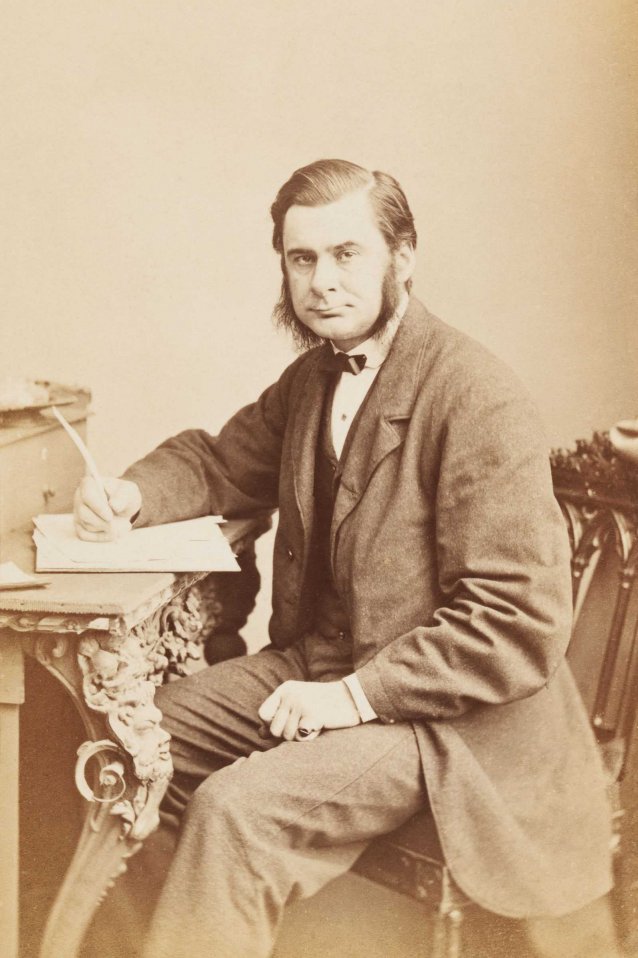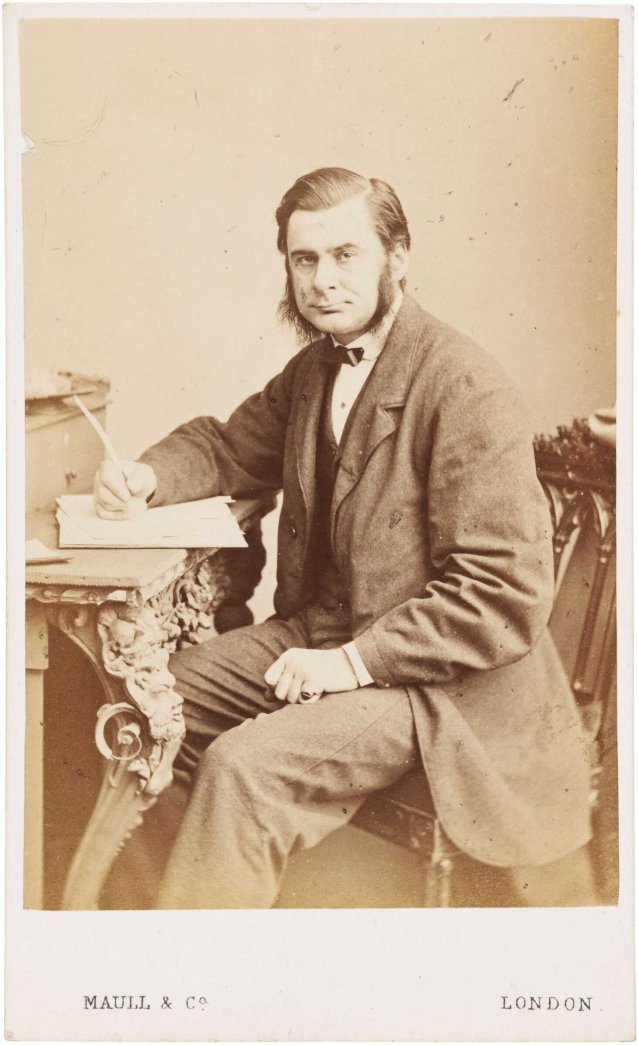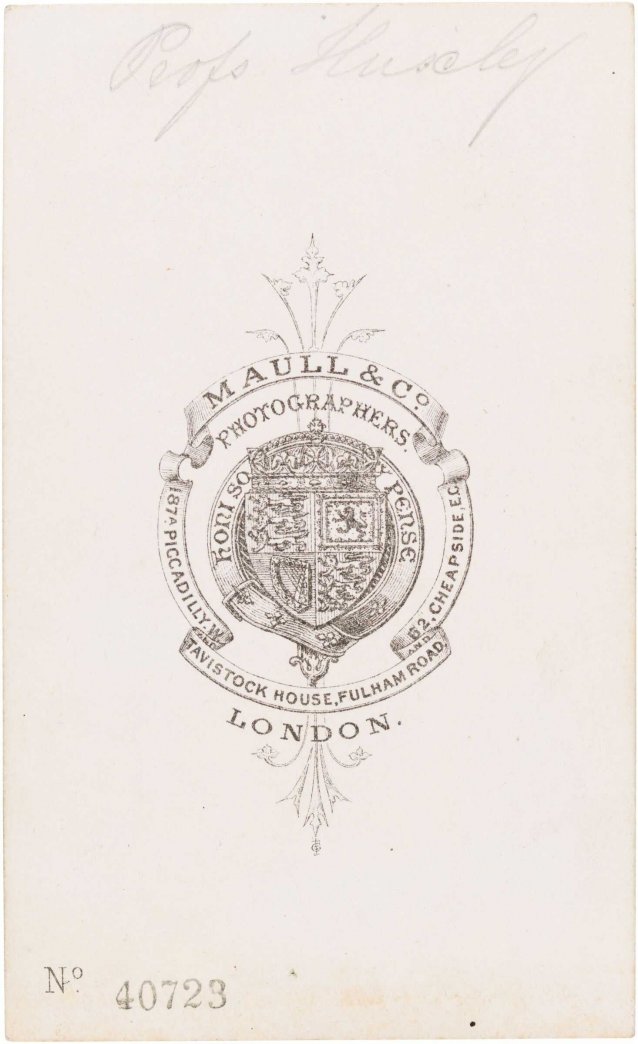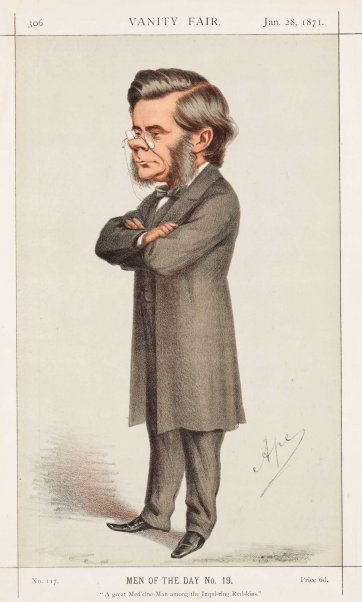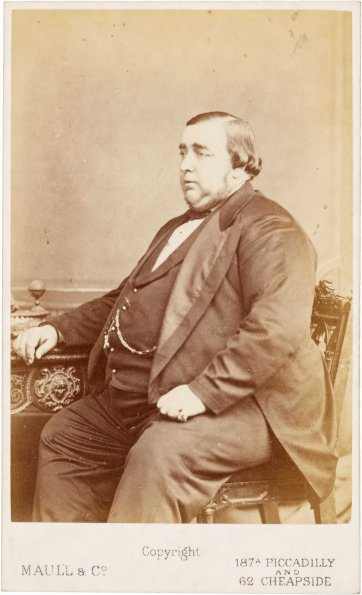Thomas Henry Huxley (1825–1895) travelled to Australia as a member of the expedition conducted by Owen Stanley on the Rattlesnake between 1846 and 1850. Huxley became interested in science in his teens and in the 1830s became apprenticed to his brother-in-law, John Cooke, a doctor. He enrolled at Sydenham College in 1841, studying anatomy, surgery and botany while also becoming involved with a group of dissenting thinkers. He then won a scholarship to train at the Charing Cross Hospital; and in 1845 was awarded a gold medal for anatomy and physiology, but, his scholarship now expired, was unable to complete his degree. He joined the navy in 1846 to try to get himself out of debt; later that year he was appointed assistant surgeon and naturalist to the Rattlesnake voyage, which was tasked with surveying a safe route for trading ships through the Great Barrier Reef. The Rattlesnake reached Sydney in July 1847. Over the next three years, Huxley’s work with the expedition took him to Port Phillip, Van Diemen’s Land, the Darling Downs, Brisbane, the Barrier Reef, Cape York, Port Essington and New Guinea, and ignited his interest in anthropology. Huxley’s scientific studies on the voyage included research into hydrozoa, molluscs, sea urchins and sea butterflies. The expedition was cut short following Stanley’s death in March 1850 and Huxley returned home. The following year, he was elected to the council of the Royal Society for his work on the Rattlesnake. He married Henrietta Heathorn, whom he met in Sydney, in 1855. Huxley left the navy in 1854 and thereafter held professorships at institutions including the Royal School of Mines and the Royal College of Surgeons. Huxley was one of Charles Darwin’s staunchest supporters during the furore that followed the publication of the Origin of Species in 1859 and wrote a number of articles and reviews supporting Darwin’s theories. Among the numerous awards Huxley received were the Royal Medal (1852); the Wollaston Medal of the Geological Society (1876);the Linnean Medal (1890); and the Copley Medal (1888), the Royal Society’s highest honour.
Collection: National Portrait Gallery
Purchased 2013
The National Portrait Gallery respects the artistic and intellectual property rights of others. Works of art from the collection are reproduced as per the
Australian Copyright Act 1968 (Cth). The use of images of works from the collection may be restricted under the Act. Requests for a reproduction of a work of art can be made through a
Reproduction request. For further information please contact
NPG Copyright.
